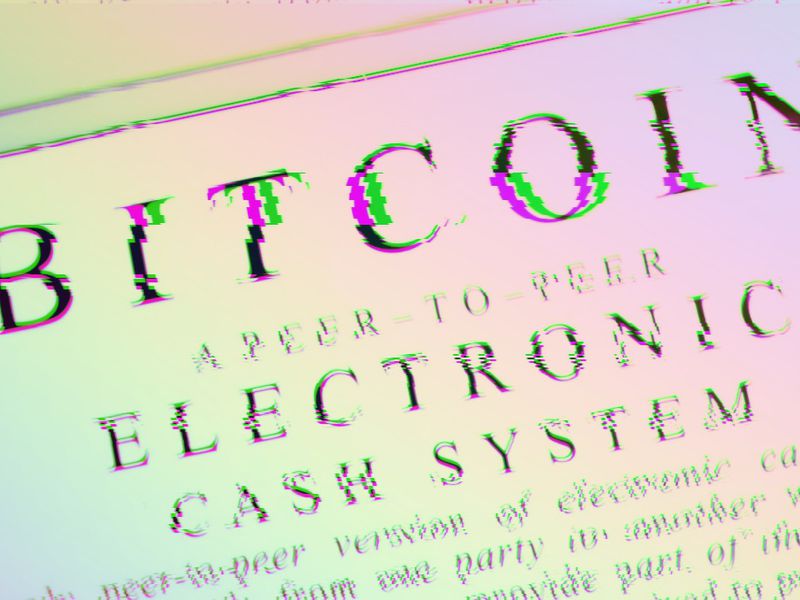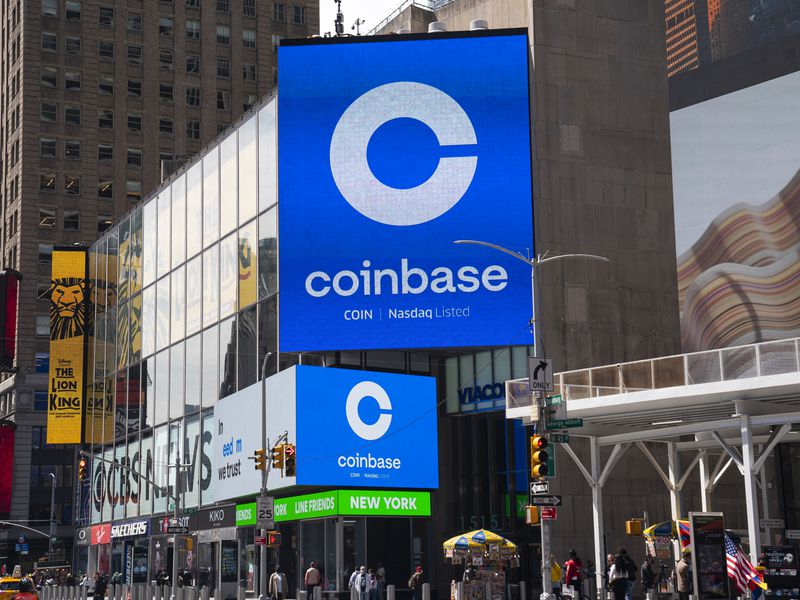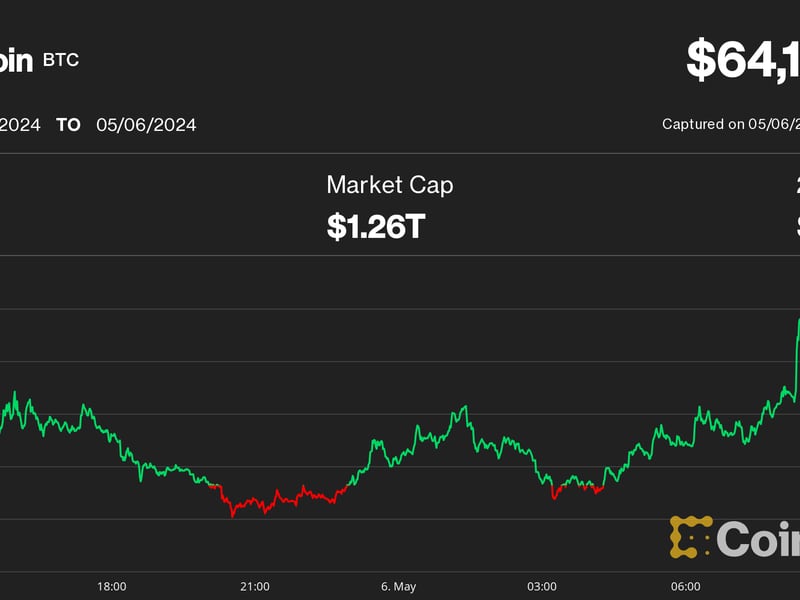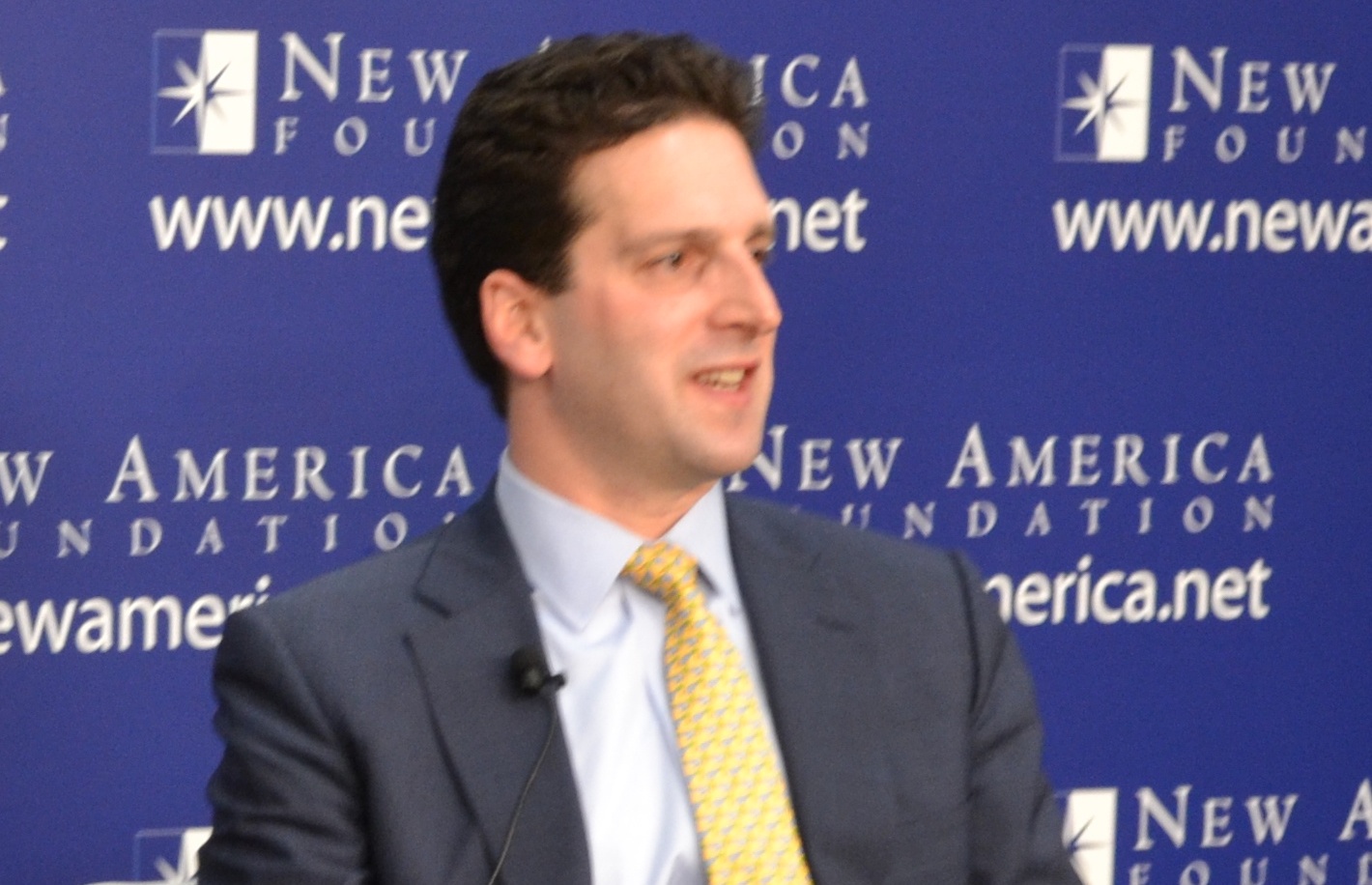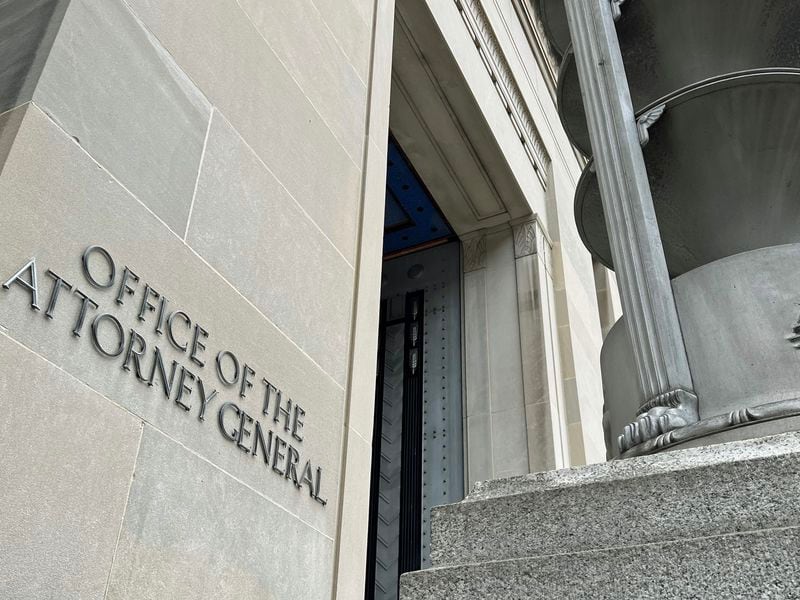What I Learned Managing a Crypto Fund for Five Years
I’ve been running a crypto fund for 1,825 days.
Arca just achieved a major milestone, reaching a five-year track record of managing outside capital in our liquid hedge fund.
Five years in any other industry may not seem like a long timeframe, but in crypto we often joke that one crypto year is equivalent to five normal years, and with 24/7 trading hours, it’s not untrue. During these past five years, I have seen many of our peers come and go, leaving a bit of survivorship bias as it pertains to crypto asset management.
Jeff Dorman, a CoinDesk columnist, is chief investment officer at Arca where he leads the investment committee and is responsible for portfolio sizing and risk management. He has more than 20 years of trading and asset management experience at firms including Merrill Lynch and Citadel Securities.
As chief investment officer overseeing this fund, as well as three others under the Arca umbrellas, I experienced first-hand the evolution of this industry, through good times, bad times and constant innovation. The five-year anniversary provided a natural timestamp to reflect upon what I learned about managing money, and about the industry.
Here are five of the most important takeaways from managing a crypto portfolio for the last five years.
In short: Investing in these markets is very challenging.
Tweak assumptions and risk models
This perhaps goes without saying to any person who has invested in this market, but this is not an easy asset class to invest in. For starters, the frequent booms and busts creates a false sense of liquidity and an oft-inaccurate depiction of expected beta and returns. All risk models, expected loss provisions, and sizing parameters are based on historical data and correlations, which change incredibly quickly. There is a reason why most funds in this space are early stage venture funds, where many of these real-time market related issues are not relevant. For those (like ourselves) who manage liquid funds, it is a constant game of tweaking assumptions and risk models.
Interpretation over speed
Contrary to popular belief, just because crypto markets trade 24/7 globally does not necessitate 24/7 trading coverage. Overtrading every tick is costly in any asset class, and the additional hours of crypto trading often try to lure you into more activity. But the reality is that the fragmented, global investing landscape actually gives you more time to react to news and information. While there will always be bots and algorithms that react immediately to news, much like after-hours equities trading post-earnings, these initial knee-jerk reactions are often wrong. And since one-third of the world is sleeping at any given time, it often takes days for the true market reaction to play out. A correct interpretation of information is much more important than the speed with which you react.
Careful documentation is crucial
On the flip side, the 24/7 work-day does lead to difficulties not seen in traditional markets. In TradFi, even your worst day/week eventually comes to an end, giving you ample time to reset and think through decisions while markets are closed without price gyrations clouding or influencing your thought process. In crypto, these natural resets often don’t exist.
Take the events of Terra/Luna for example. The entire unwind of a $30 billion ecosystem happened within three days, with continuous trading and new information flow over this 72-hour period. We made decisions during this stretch that in retrospect would not have been made with more of a grace period, and we have since learned how to better implement risk management during a future period like this.
In hospitals, mistakes don’t often occur because doctors are overworked or tired, but rather because of improper handoffs to the next doctor who lacks that full set of information because the previous doctor failed to document fully. Crypto asset management requires similar knowledge handoffs and documentation.
Balance between short and long
In debt and equity markets, quiet periods of time (summer, holidays) often lead to slow grinds higher in price. It is expensive to stay short, and dividends and coupons continue to accumulate, adding more buy interest to the market. The opposite is true in digital assets. Since the majority of crypto projects accrue value through network activity, slower periods of time tend to slow momentum of an asset. And since most assets have no distribution of cash flows, the cost to short is minimal. As such, negative price action tends to be more prevalent when markets are slow, leading to difficult decisions with regard to hedging and long exposure.
As a result, active management continues to trump passive indexes. Rules-based passive index strategies simply cannot keep pace with the innovation and changes to these markets. Similarly, these indexes can’t take advantage of the volatility, which creates quite a bit of alpha. Over time, this will likely change as the market matures. But we’re not there yet.
Building a good team is fundamental for success, and incredibly challenging
I’ve worked for seven different financial firms over the past 25 years. I’ve seen thousands of resumes and have interviewed hundreds of people. I’ve worked personally in just about every financial department (banking, trading, research, sales, business development). If a TradFi Wall Street firm asked me for a candidate, I could find them one pretty easily that best fits their needs.
Hire people passionate about the industry
But what are the best attributes and qualifications for a research analyst in crypto? What makes the best Trade Ops person? Who is best suited to handle investor relations? These are still not easy questions to answer in crypto. During the first few years of our fund, we took what we could get – which is to say, whoever wanted a job. The pay sucked, the hours were long, and the future was very uncertain. Anyone who wanted a job in this industry in 2018 shared a true passion for blockchain’s success, and was willing to learn any part of the job necessary to succeed. Most people who joined this industry pre-2020 are still working in this industry, and their job responsibilities evolve in real-time. But in 2021, I could have hand-picked any person I wanted from every major bank, brokerage and hedge fund, who all had zero crypto experience but saw big money ahead. The resumes were pouring in. Many of these employees didn’t work out. In 2023, we’re back to the passionate souls who will do anything to work in this industry.
Everyone wears multiple hats
This is a very hands-on business, where research analysts have to test functionality of applications, challenge status quo financial modeling, and network live with other industry veterans at conferences. Traders have to navigate back and forth from US macro, to Asian currency markets, to crypto-specific on-chain wallet movements depending on the current correlation du jour. Back-office employees have to test new service providers every three weeks to keep up with changing regulation, best practices, and LP demands while navigating constant bankruptcies, closures and hack attempts.
The common denominator seems to be a real willingness to test new theses. If you give 10 equity analysts the same inputs, they will give you largely the same answer and will present the same homogenous modeling techniques to arrive at this answer. If you give 10 crypto analysts and traders the same inputs, they will most likely give you 10 different answers using entirely different analyses. That’s refreshing, and often leads to outsized alpha, but also creates challenges when it comes to creating a repeatable formula for success.
Trade ops is the most important department
When I worked at credit and equity funds, the back office was overlooked. They were usually young kids, eager to move into a “real” trading role as soon as they could. The job was basic blocking and tackling – make sure trades settled, make sure your brokerage statement was accurate, and make sure the fund admins did their job.
Compliance teams were there simply because they had to be – we all knew the rules, we obeyed them, and if there was any doubt we checked with compliance but knew the answer would be “don’t do it.”
We should be so lucky in crypto.
Trade operations is the single most important job in crypto. You have to touch the assets every single day, and a single mistake could cost the firm millions of dollars. As a result, not only do these need to be the most trustworthy people in the firm, but they need to build redundancies that can still operate even if they themselves vanish. Getting into a Trade Ops role is more glamorous than getting out of Trade Ops, and those who build their careers in this subset of the fund business end up learning the most about blockchain.
Similarly, compliance is not an afterthought in crypto. Unlike in TradFi, it cannot be assumed that your employees know the rules, as most come from completely different backgrounds than Wall Street. Constant education and monitoring is a must. Further, a compliance officer can’t just read the rules and assume compliance, since there are few clear rules to follow (despite Gary Gensler telling us otherwise). To do your best as both a fiduciary and a law-abiding company is a herculean effort.
The sell-side is getting better
In traditional finance, the sell-side offers a pretty valuable role. They underwrite new transactions, create novel financing ideas, advise companies on how best to participate in the capital markets, facilitate trading in existing securities, write research on new and existing securities, and pass along market color between participants. Both full-service investment banks and niche broker/dealers exist, but regardless of whether you use a one-stop shop, or piecemeal the services with multiple firms, the services themselves are all covered.
While the sell-side is getting better in crypto, it is still incredibly fragmented and many of these services still do not exist. As a result, fund managers are often on an island, forced to manufacture its own deals, structure its own financings, and do its own research from scratch. Written research from OTC trading shops has greatly increased in volume and improved in quality, providing a necessary channel check on the state of the markets. But the trading itself continues to be very exchange-based (black box) and therefore lacks natural axes between investors. Trading color about flows and activity has improved, but there are fewer market participants to glean information from. There is still no full-service investment bank, and in fact, true investment banking services for underwriting and advisory of token launches is probably the biggest white space going forward.
I’m constantly shocked at how few well-known Wall Street capital markets tools are utilized within crypto. Most token launches are doomed from the start. From low float / high fully-diluted valuation (FDV) token launches, to direct listings at insane prices, to poorly written tokenomics – token issuers (who are often developers and lack financial knowledge) continue to have to come to market without the assistance of those who know how to do this best, which subsequently leads to worse investment opportunities for asset managers.
Some service providers are getting a lot better, like custody solutions, OTC Trading and options liquidity. Still, others are getting worse, like fund admins and auditors, who in the wake of FTX are pulling back from these offerings.
On the tech and research side, it’s amazing that Bloomberg’s crypto services continue to be irrelevant. The coverage list, their index, and all functionality is still from 2017 and does not take into account how much this industry has grown and evolved. Fortunately, newcomers like Nansen, Messari, Glassnode, Dune Analytics, Telegram and others have innovated fast enough to take this corner, and we are grateful for these companies. It is entirely possible to run a crypto fund in 2023 without ever logging into a Bloomberg Terminal.
Overall, fund management is still challenged by the lack of sell-side tools. As the sell-side improves, so will the number and breadth of funds.
The investor base is getting smarter
When we began our fund five years ago, we knew the educational journey for prospective LPs would be slow. We were learning constantly as we invested, and doing our best to educate interested investors in real-time, but it was not practical to expect anyone who wasn’t focused full-time on this industry to keep pace. Questions from prospective LPs tended to focus more on how we invest versus what we invest in, and there was definitely a bit of a leap of faith by investors.
Fast forward to today and the script has completely flipped. LPs are getting much smarter about the asset class and the investment universe, thereby asking better questions. In some cases, the LPs now know more than we do as they are exposed to different areas of the industry that may not be in our everyday focus. That said, the amount of bad information that continues to flow effortlessly through the media and “influencer” accounts continues to reach LPs as well, often surprising us in regard to certain topics of interest that we deem irrelevant, but our investors believe are topical.
As investors start to become more digital assets savvy, they want far more control over investments and specificity has increased. Asset managers in this space have launched highly specialized funds based on investor demand including DeFi focused funds, NFT funds, etc. Many asset managers, including Arca, have started creating “Funds of 1” that allow for more specificity but provide the professional team to manage the investments.
In 2018, if you asked us, we would recommend going with a professional investor. But as information is more readily available and UI/UX of projects get better, we encourage retail investors to research and invest. However, to generate alpha where information asymmetry exists, it’s still valuable to have professional fund managers who can take advantage of the 24/7 news cycle, market volatility, and a murky regulatory environment.
Conclusion
Overall, running a fund in this new and innovative space has been incredibly rewarding, and we look forward to the next five years. Fund managers will continue to straddle the line between “becoming more TradFi-like” and adopting best practices of Wall Street, versus finding ways to take advantage of crypto-only opportunities (yield farming, airdrops, testing new applications).
The most important factor for success in the digital assets space is faith in the future. We have to believe we are at the frontier of building a new financial system that has the capacity to transform society. While we fully expect bumps in the road, and pushback from incumbents benefiting from the status quo, we know that as long as we continue to move forward, fight for the necessary changes, and adapt as needed, this industry will succeed.
Investment advisory services offered through Arca Investment Management, LLC, a registered investment adviser. The material here is provided for general information and educational purposes based upon publicly available information from sources believed to be reliable—we cannot assure the accuracy or completeness. Therefore, information in these materials may change at any time and without notice.
Statements in this communication may include forward-looking information and/or may be based on various assumptions. The Arca Funds may hold a position in any investment discussed as part of this communication, where any such investment is based on Arca’s proprietary research analytics. Past performance may not be indicative of future results. This communication is in no way a solicitation or an offer to sell securities or investment advisory services.
Edited by Ben Schiller.


